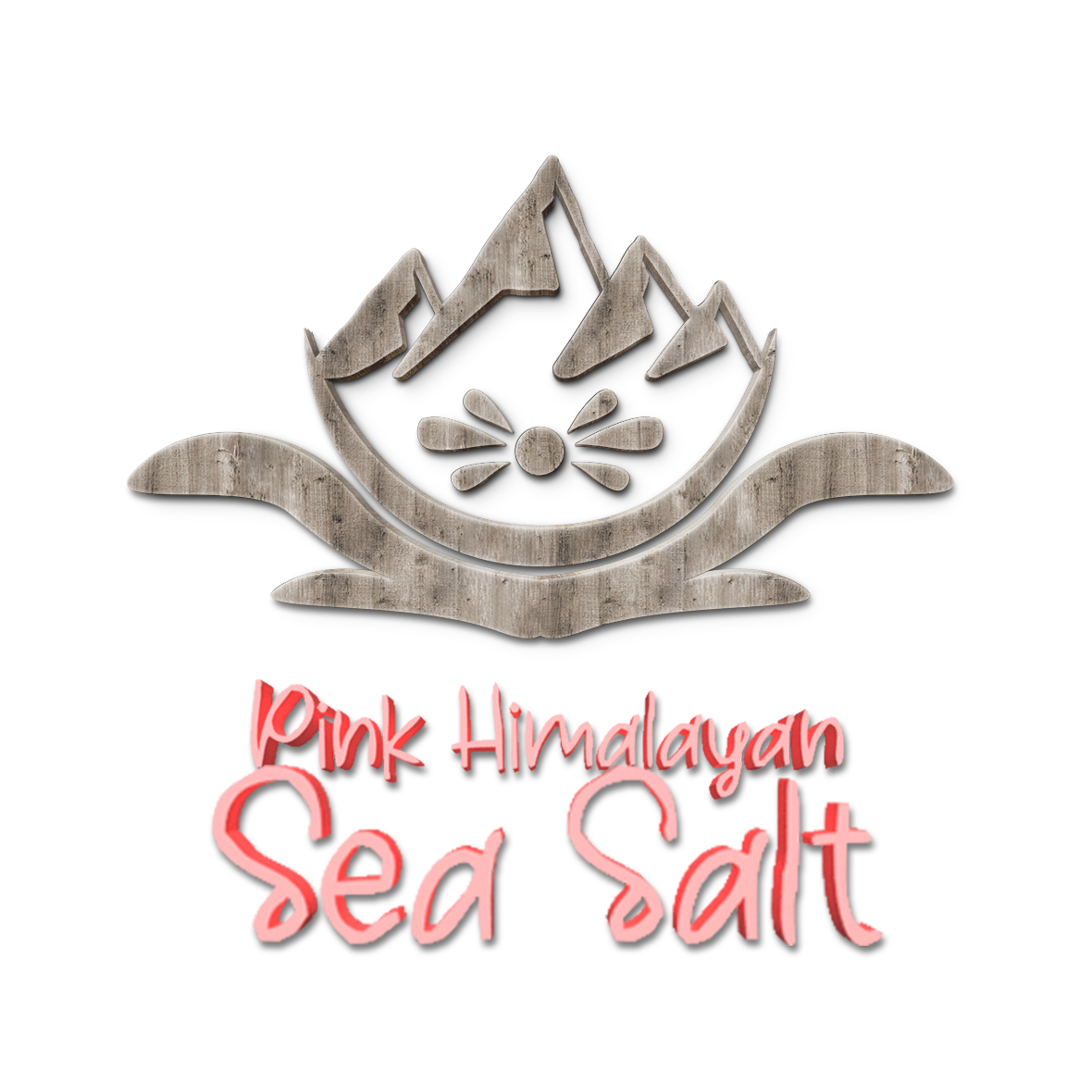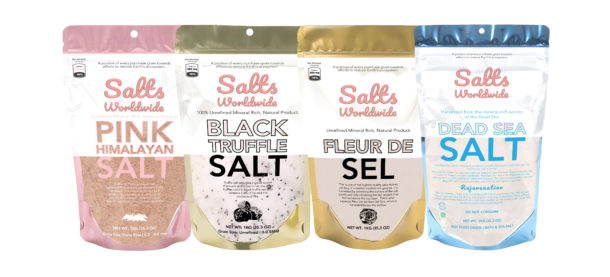Salt is one of the most important elements in cooking and baking. We need salt on a regular basis to season our food with. The key is knowing which salt to use. We all have heard the story of the salt shaker, but what does “sea salt” actually mean? What about “cave salt,” “baking salt,” “salt water” or “potassium salt”?

Most sea salt and other coarse salt are table salt. Because of the chemical composition, there is no significant difference between coarse salt and table salt. Table salt is basically Sodium Chloride obtained from sea salt and then further refined to take out minerals.
Colds are formed when there is an excess of calcium or magnesium in the salt. High levels of these minerals cause grains to form in the salt crystal. It is not only in sea foods that table salt is used as a preservative. Many types of candy have been prepared using table salt. For this reason, many people prefer to use it instead of table salt.
Part of the salt’s texture is determined by its molecular weight. It is said that the heavier it is, the more crystallized salt you will find in the store. Due to the salt’s weight, coarse salt and pickling salt have different textures.
Not only do coarse salt and pickling salt have different textures, they also have different levels of “stickiness.” We often think of salt having a coarse texture because it is so difficult to cut into. Salt is very soluble in water and because of its molecular weight, it easily slips into small particles. This makes it very difficult to use in cooking and baking. The salt also does not adhere well to food because it is a salt and does not mix well with other ingredients. In order for salt to have a good texture for food it needs to be mixed with other ingredients.
Table salt is made from sea salt or kosher salt. Kosher salt has been manufactured for thousands of years and is the salt recognized by the United States government as kosher. Most of the kosher salt on the market today is not sea salt, since kosher is a separate culture than sea salt. The most popular kosher salt for cooking is kosher sea salt, which has a fine texture and excellent flavor. It is the salt most commonly used for Jewish dietary restrictions.
Table salt can also be purchased in various forms. Although table salt has a good texture, the bulkier forms are less absorbent. One of the disadvantages of table salt is its absorption rate. Table salt absorbs a lot of moisture, which makes it moist when it leaves the factory and once it lands on your table it takes about five minutes to absorb the moisture. It is not a good idea to sprinkle sea salt on a dry surface because it will clump up. Most chefs prefer using coarse table salt for sprinkling on vegetables and meat.
Other natural forms of salt include the following: granular, evaporated, sea, rock salt and kosher salt. Although the names may sound different, all have the same characteristics. Rock salt is the coarser form of kosher salt and works well in baking, roasting and broiling. Sea salt is a fine grained powder that contain minerals such as sulfur and potassium, and it has a fine texture. Cane salt (sometimes called ‘red salt’ or ‘mountain salt’) comes in a fine-grained version and is generally used for seasoning foods, but not appropriate for baking.
Table salt and kosher salt have similar texture and mineral content and both are excellent for seasonings. Flakes of salt have a coarse texture due to the water content and contain tiny crystals, called “halos”. Crystals can vary from being very fine to coarse. The crystals provide the salt’s flavor.
Most sea salts have been harvested from saltwater sources, where they grow naturally. However, synthetic sea salt is made by treating seawater with chemicals and then filtering it through plants to produce the salt. Artificial sea salt does not contain live salt crystals; therefore, it has no texture of its own and does not add flavor to food. Many artificial sea salts contain sodium chloride, which causes the salt to have a coarse texture. However, other artificial salts have been processed so that the salt will have a textured, smooth consistency.
It is important to remember that each type of salt has its own particular characteristic, including its color and texture. Before buying salt, make sure you know which type you are purchasing. To enhance the flavor of foods, experiment by adding a little bit of kosher salt or sea salt to your dish, using your preferred flavors. You might be surprised at the difference in taste, texture and price.


Recent Comments